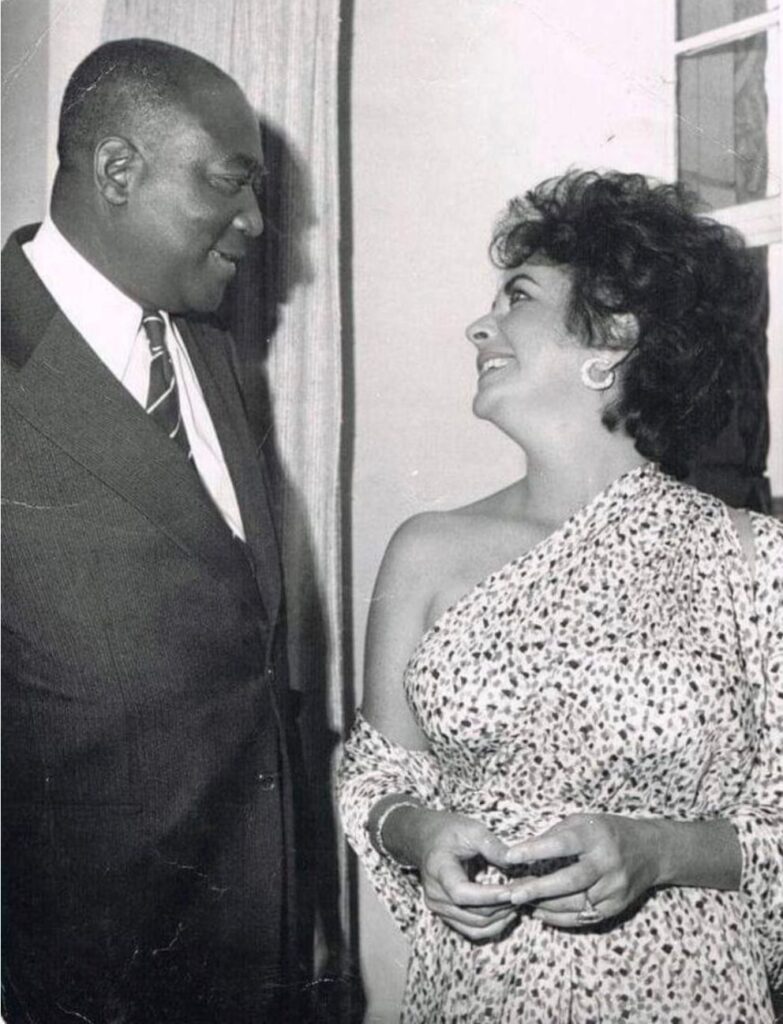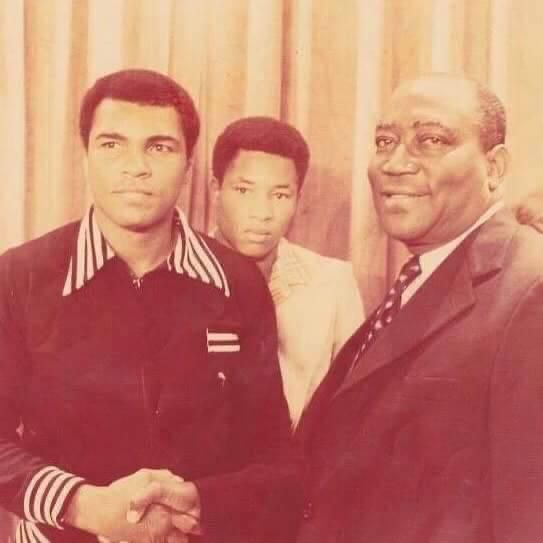
Remembering Chief Clemence Kapuuo
He was at the tail end of the United Nations betrayal of Ovaherero and their leaders, who had petitioned the international organisation for years since surviving the first Genocide of these ages.

Dead on arrival from a bloodshot wound through the chest cavity, with blood loss. Attempts to resuscistate aborted after 30 minutes. The statements by Dr A. Twomey at the Katutura non-Whites Hospital on the 27th of March 1978 brought to completion the United Nations’ betrayal of Ovaherero, their leader Clemence Kapuuo and by extension, Namibia’s minority tribes.
The immediate aftermath of Chief Kapuuo’s assassination turned Katutura into an execution den were Ovaherero and Ovambo speaking people fought and killed each other for some days. The strive ended with homes upended, families uprooted and rifts in Ovaherero widened. ” It is a source of the silent suspicion and bitterness with which two Namibians communities continue to view each other,” a man who wishes to remain anonymous has speculated.
The Betrayal in New York
Two years before that day, Paramount Chief Clemence Kapuuo had travelled to New York to meet with the United Nations (UN) Committee on South West Africa (Namibia). Several other political leaders had regularly met the United Nations committee until then to state their positions and support the cause for independence. Well-known SWAPO Party leaders clandestinely pulled strings to sabotage the meeting. It never took place.
The source says with plans to meet the committee sabotaged, Chief Kapuuo arranged a trip to Jamaica that ended on the tarmac of an airport in Kingston. SWAPO was not content with stopping a fellow Namibian leader from meeting the committee, it was prepared to go to any length, including charting a flight, to persuade Jamaicans against meeting Chief Kapuuo.
To Kapuuo and several other political interests based in New York at the time, it became clear that the UN had turned its back on them. The party had succeeded to buy support in the betrayal of other political interests and solely held the destiny of all Namibians, including minorities.
The exclusion forced Chief Kapuuo and other leaders who the UN had sidelined to open negotiations and forge alliances with the Apartheid South Africa’s administrators. That is how the Turnhalle Alliance and the Democratic Turnhalle Alliance came into being.
Turning to South Africa
“The Turnhalle puppets have to go with their Boer masters. Swapo, therefore, does not expect any negotiations. Swapo will only participate in the implementation of Security Council Resolution 435,” SWAPO leader Sam Nujoma said in a 1979 interview. This interview was one year after Kapuuo’s death and it shows the rhetoric of blame that SWAPO adopted and continues to this day to use in vilifying those who turned to South Africa, after SWAPO used the UN to sideline them.
Even with all the UN and Western countries’ support, the most notable successes in the struggle for independence that SWAPO achieved were against fellow Namibians. It sabotaged, cracked down hard on fellow Namibians accused of being spies, and presided over their cruel detention and murders. The latest revelation of the party’s conduct is contained in Oiva Angula’s biography, “SWAPO Captive.”
When the party leaders speak about decisive battles in the Struggle for Indepedence, they correctly credit other troops including the Cubans and Angolans. SWAPO appears to be a footnote in the decisive battle of Cuito Cuanavalle where the South African army clashed for months with Angolan fighers supported by Cubans, Russians and Vietnamese among others.

The United Nations, an organisation late Paramount Chief Hosea Kutako had trusted to the hilt with the destiny of Ovaherero betrayed that trust. It ignored Chief Kutako’s representative and turned its back on the Ovaherero, who for generations, continued to insist on independence through the United Nations.
After independence, it took the Namibian Government until 2009 for the Government to recognise Chief Kuaima Riruako as leader of Ovaherero. That was a period of 30 years from the date when he succeeded Chief Kapuuo as leader of Ovaherero.

From the moment international forces hatched their bets on SWAPO and started giving all their support to it, the fate of minority tribes and communities in the future state was sealed. The ruling party’s idea of an independent and unitary Namibia became a program of gradual domination, which Chief Kapuuo had dreaded. SWAPO’s government ran a program of co-option, sidelining and marginalisation.
Most of the programs it implemented were designed to benefit one ethnic group and promote that group’s interests.
Where leaders like late Chief Kapuuo had feared leaving the fate of their communities in the hands of one ethnic group, their fears have been confirmed. One ethnic group dominates the military, the leadership of the police, Government agencies, enterprise and commerce. And when considering the fact that exposure, including cultural, could limit the talent pool that can emerge from a specific community, the prospects of Namibia now revolve around the skills, talent and innovative spirit of one ethnic group.
The SWAPO Party has created a super structure in Namibia that channels all the country’s resources to the party. Almost all the labour unions are affiliated to the party, appointments into leadership have been premised on SWAPO Party membership. Namibian history is pre-dominantly SWAPO’s history and a majority of the monuments and landmarks honour the party and its people. Even those who are recognised as heroes must be from one ethnic group or they must have fought with SWAPO.
As Ovaherero remember Chief Kapuuo, the UN betrayal of this community remains a bitter anecdote how Namibia has continued to unravel.